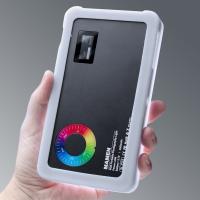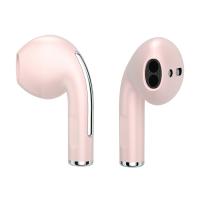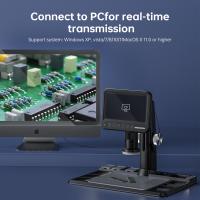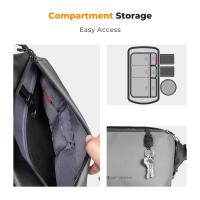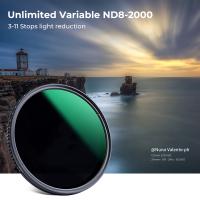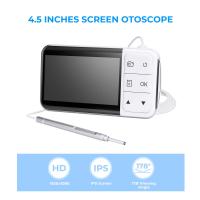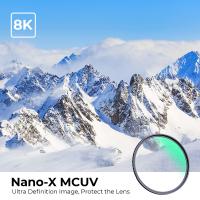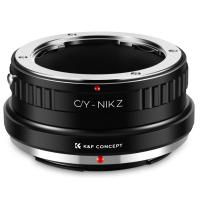How To Secure A Tripod ?
To secure a tripod, ensure that all the tripod legs are fully extended and locked in place. Make sure the tripod is on a stable and level surface to prevent it from tipping over. If necessary, adjust the leg angles or use leg braces to provide additional stability. Attach the camera securely to the tripod head using the appropriate mounting plate or quick-release system. Ensure that the camera is tightly secured to prevent it from accidentally falling off. If using a heavy camera or lens, consider using a counterweight or sandbag to provide extra stability. Avoid placing the tripod in high wind areas or near any potential hazards that could cause it to topple. Regularly check the tripod and its components for any signs of wear or damage, and replace any faulty parts as needed.
1、 Locking Mechanisms for Tripod Legs
Locking Mechanisms for Tripod Legs
Securing a tripod is essential to ensure stability and prevent any accidental movement or collapse while using it. Tripods typically come with different locking mechanisms for their legs, and understanding how to properly secure them is crucial for a successful photography or videography session.
One common type of locking mechanism is the twist lock. This mechanism involves twisting the leg sections to lock them in place. To secure a tripod with twist locks, start by extending the legs to the desired height. Then, twist each leg section clockwise until it is tight and secure. This ensures that the legs will not collapse during use. To unlock the legs, simply twist them counterclockwise.
Another type of locking mechanism is the lever lock. Lever locks are often found on higher-end tripods and are known for their quick and easy operation. To secure a tripod with lever locks, extend the legs to the desired height and then flip the lever to lock the leg section in place. To unlock the legs, flip the lever back to its original position.
It is important to note that different tripods may have variations in their locking mechanisms, so it is always advisable to refer to the manufacturer's instructions for specific details on securing your tripod.
In recent years, some tripods have introduced innovative locking mechanisms such as twist-lock hybrids or push-button locks. These mechanisms aim to provide a balance between speed and stability. Twist-lock hybrids combine the ease of use of twist locks with the quick operation of lever locks. Push-button locks, on the other hand, allow for rapid adjustment of the tripod legs with a simple push of a button.
Ultimately, the choice of locking mechanism depends on personal preference and the specific requirements of your photography or videography needs. Regardless of the type of locking mechanism your tripod has, always ensure that the legs are securely locked before using it to avoid any accidents or damage to your equipment.
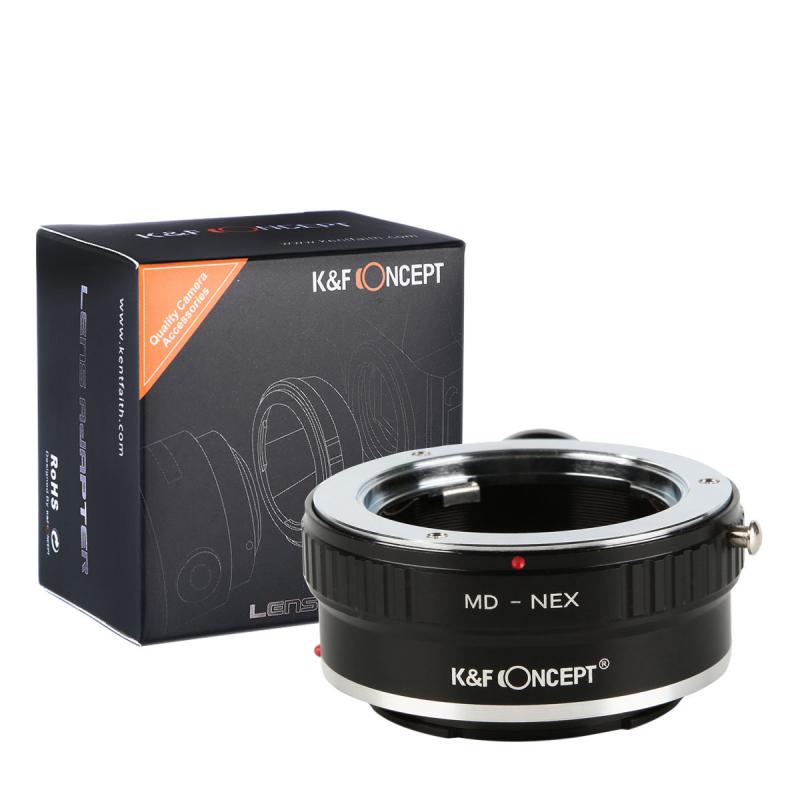
2、 Anti-Slip Feet for Stability
One of the most important aspects of using a tripod is ensuring its stability. A secure tripod is essential for capturing sharp and steady images, especially in situations where long exposures or telephoto lenses are involved. To achieve this, there are several methods to secure a tripod, with one effective solution being the use of anti-slip feet.
Anti-slip feet are designed to provide additional stability and prevent the tripod from sliding or moving on various surfaces. These feet are typically made of rubber or a similar material that offers excellent grip. They attach to the bottom of the tripod legs and create a strong connection with the ground, reducing the risk of accidental movement.
When selecting anti-slip feet for your tripod, it is important to consider the type of terrain you will be working on. Some feet are specifically designed for outdoor use, providing better traction on uneven or slippery surfaces such as rocks or wet ground. Others are more suitable for indoor use, where stability on smooth floors or polished surfaces is crucial.
In recent years, tripod manufacturers have been focusing on improving the design and functionality of anti-slip feet. Some models now feature retractable spikes within the feet, allowing photographers to switch between rubber grips and metal spikes depending on the shooting conditions. This versatility ensures that the tripod remains stable in various environments, providing photographers with more flexibility.
In conclusion, securing a tripod is essential for achieving sharp and steady images. Anti-slip feet are an effective solution to enhance stability by preventing the tripod from sliding or moving. With advancements in design, the latest anti-slip feet offer improved functionality and versatility, catering to different shooting conditions. By investing in high-quality anti-slip feet, photographers can ensure their tripod remains secure and reliable, enabling them to capture stunning images with confidence.
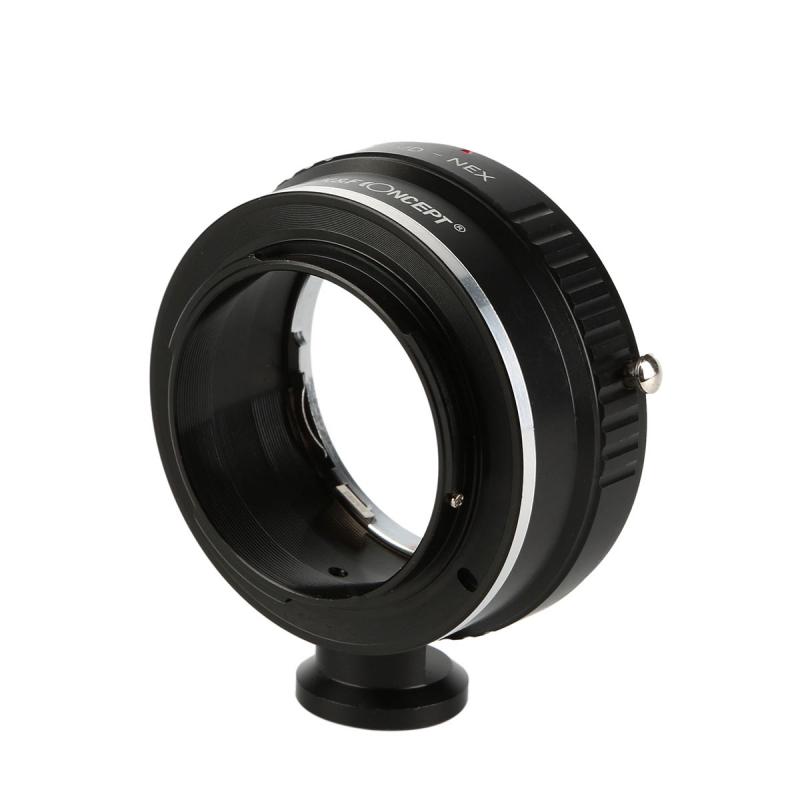
3、 Quick-Release Plate for Secure Camera Attachment
One of the most important aspects of using a tripod is ensuring that your camera is securely attached to it. This not only prevents accidental drops and damage to your equipment but also allows for stable and shake-free shots. To achieve this, a quick-release plate is commonly used for secure camera attachment.
A quick-release plate is a small metal or plastic plate that attaches to the bottom of your camera. It typically has a screw that fits into the tripod's mounting platform. The plate also features a locking mechanism that allows you to quickly attach and detach your camera from the tripod.
To secure a tripod using a quick-release plate, follow these steps:
1. Attach the quick-release plate to the bottom of your camera. Make sure it is securely tightened.
2. Align the plate with the tripod's mounting platform and slide it into place. Most quick-release systems have a safety latch that needs to be released before sliding the plate in.
3. Once the plate is in position, lock it in place using the locking mechanism. This could be a lever, knob, or screw, depending on the design of your tripod.
4. Give the camera a gentle tug to ensure it is securely attached. If it feels loose, double-check the locking mechanism and tighten it if necessary.
5. Adjust the tripod to your desired height and angle, and you're ready to start shooting.
It's worth noting that different tripod manufacturers may have slightly different quick-release plate designs. Therefore, it's essential to familiarize yourself with the specific instructions provided by your tripod's manufacturer.
In recent years, some tripods have introduced more advanced quick-release plate systems, such as Arca-Swiss compatible plates. These plates offer a more universal design, allowing you to use them with various tripod brands and accessories. They provide a secure attachment and are becoming increasingly popular among photographers and videographers.
Overall, using a quick-release plate is a simple and effective way to secure your camera to a tripod. It ensures stability, reduces the risk of accidents, and allows for quick setup and adjustments during your photography or videography sessions.
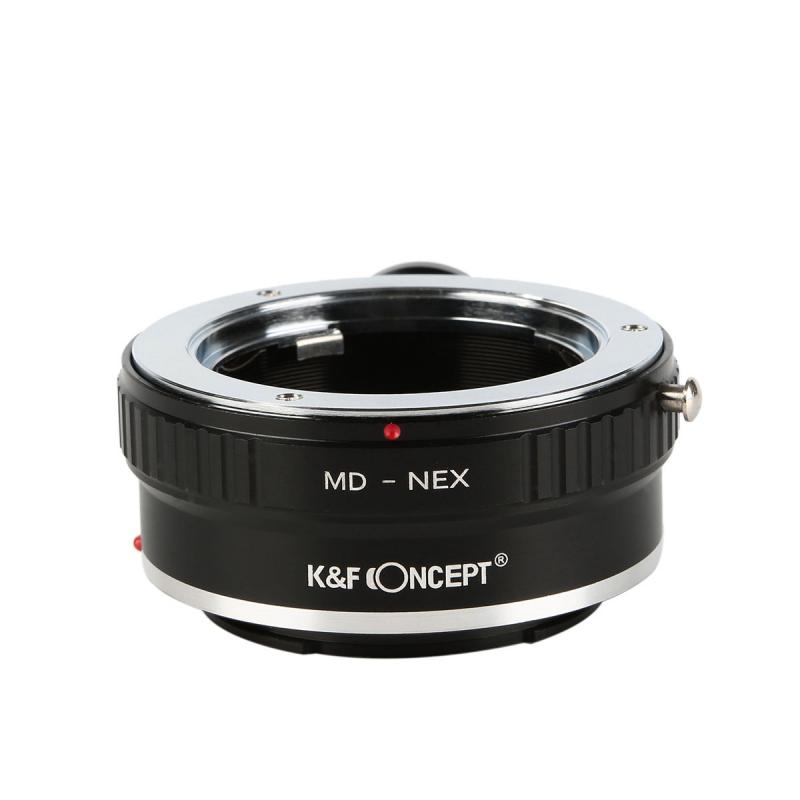
4、 Center Column Hook for Added Stability
One effective way to secure a tripod and enhance its stability is by utilizing a center column hook. This simple yet practical accessory can significantly improve the overall stability of your tripod, especially in challenging shooting conditions.
A center column hook is typically located at the bottom of the tripod's center column. It allows you to hang additional weight, such as a camera bag or sandbag, to counterbalance any potential movement or vibrations. By adding this extra weight, you can minimize the risk of your tripod tipping over or shaking during windy conditions or when shooting on uneven surfaces.
To secure your tripod using a center column hook, follow these steps:
1. Extend the center column of your tripod to the desired height.
2. Locate the center column hook at the bottom of the column.
3. Attach a weight, such as a camera bag or sandbag, to the hook.
4. Ensure that the weight is securely fastened and does not swing or move excessively.
5. Adjust the weight as needed to achieve optimal stability.
It is important to note that while a center column hook can enhance stability, it may not be suitable for all situations. For instance, if you are shooting in a crowded area or in a location where hanging weight is not feasible, you may need to explore alternative methods to secure your tripod.
In conclusion, utilizing a center column hook for added stability is a practical solution to secure your tripod. It can help minimize vibrations and prevent your tripod from tipping over, ensuring sharper and more stable shots. However, it is essential to assess the shooting environment and consider other factors before relying solely on this method.
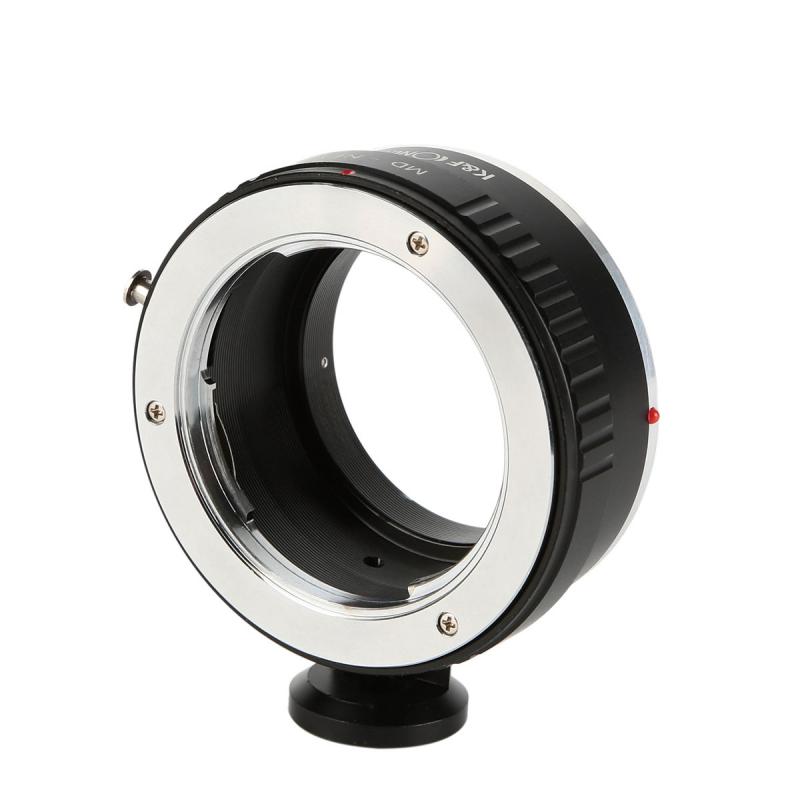





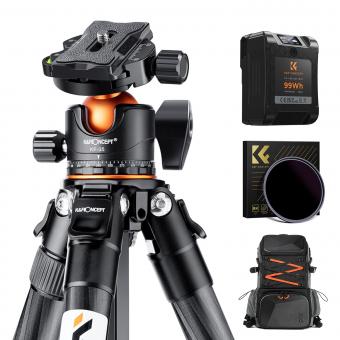



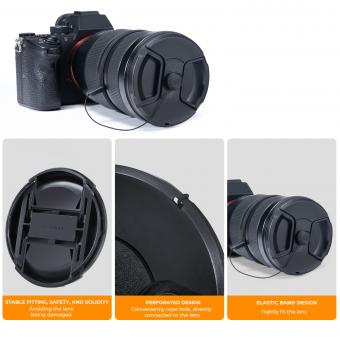

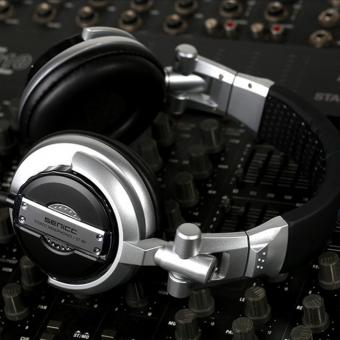




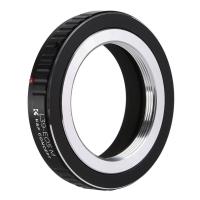

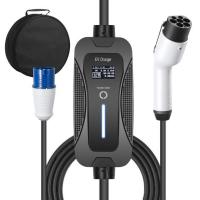
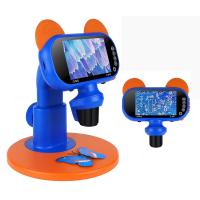

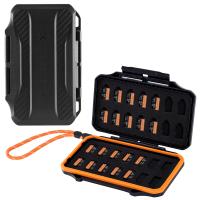

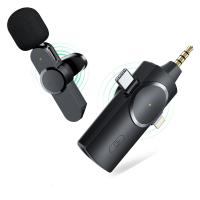
(1)-200x200.jpg)
